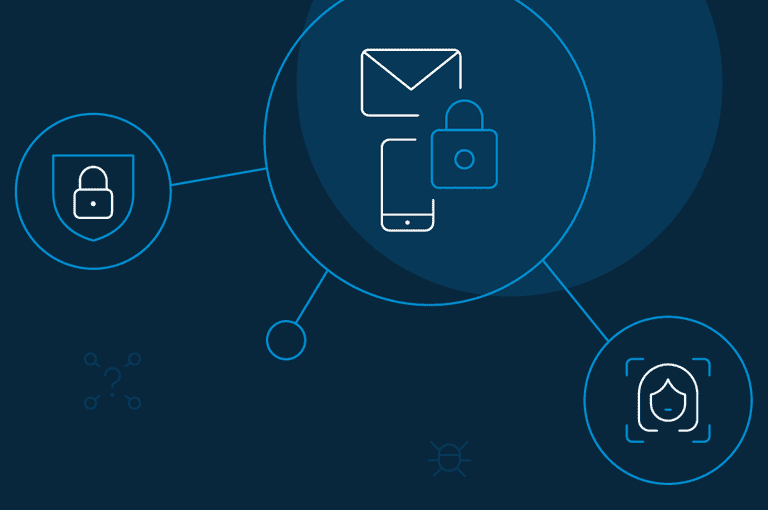
In an endless fight over records, malicious actors and security experts are in. While the former tries to snatch it, the latter is trying to safeguard it.
Each year, innovative web application security threats are created by attackers to compromise sensitive data and access the database of their targets. As a result, security professionals draw on the vulnerabilities exploited and improve their frameworks through their learnings every year.
The aggregate frequency and cost of data breaches seem to be growing exponentially. This cost is high (approx. US$8.64 million in the US in 2020) because of developers’ inability to incorporate the latest changes and updates into their code to overcome already detected vulnerabilities. Unintuitively, 96% of web apps have some known defects and anomalies.
In order to ensure adequate protection against web application security threats, companies can incorporate security issues into the creation phase of applications. Regrettably, most developers tend to keep it off until the end.
Here is a list of the most common security threats are:
- Injection attacks
- Broken authentication
- Cross site scripting (XSS)
- Insecure direct object references (IDOR)
- Security misconfigurations
- Invalidated redirects and forwards
- Missing function level access control
Read this blog to learn in detail about these security threats and how you can prevent them here:
https://www.loginradius.com/blog/start-with-identity/2021/01/7-web-app-sec-threats/








